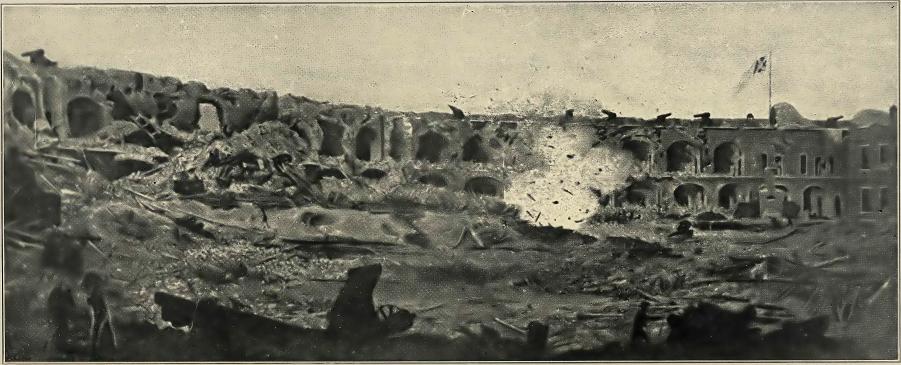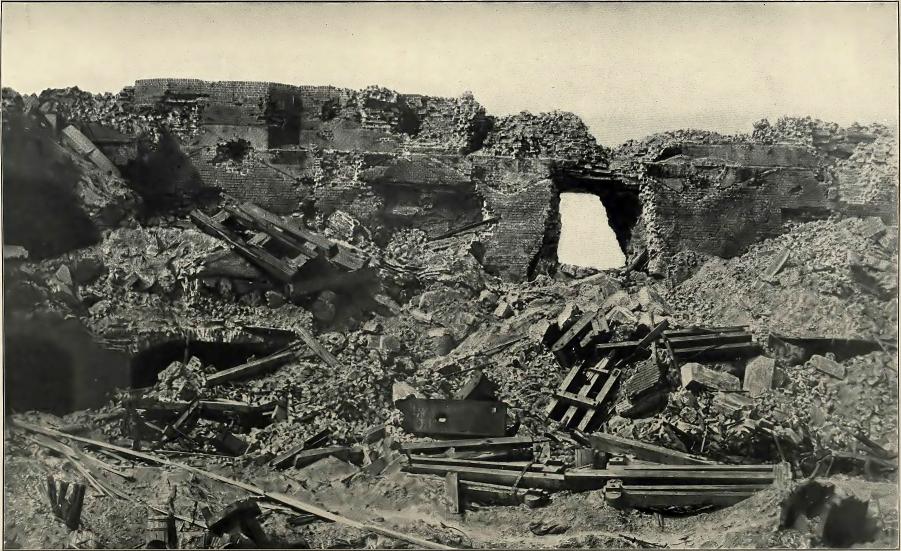Images of Russia, during World War II and today:


At Geekosystem, Robert Quigley writes:
Russian photographer Sergey Larenkov is a master of a technique called, alternatively, perspective-matching photography or the fancier computational rephotography, which consists of precisely matching the points-of-view of vintage and modern photographs and exploring what happens where they merge. Since last year, Larenkov has been assembling a series of such photos on World War II…
Some Photoshop whizzes have criticized Larenkov’s work on the grounds that the mergers are too jarring in their contrasts and could be executed with greater smoothness on his part, but, in the absence of an explanation of his work, I think that’s kind of the point: It clearly takes a great deal of patience and technical aptitude to create these photos, and the harshness of imposing war and its devastation on pristine modern European cities works better when it’s not too slick.
Browsing through Larenko’s gallery, the work is pretty uneven, but in a way that’s actually revealing. Some of them just put photos of groups of people from WWII against contemporary backgrounds, or vice versa. It looks sort of like one of those kitschy sepia-tinted photos of your family dressed in old-timey clothes you might get at a theme park. Overwhelmingly, the best images, like those above, blend outdated or obliterated buildings and vehicles into the existing cityscape. It’s the materiel, not the men, who matter.
Partly, this is because vintage photos of destroyed cities are just so compelling. This is an underappreciated contribution of Matthew Brady and the other photographers of the American Civil War. They kicked off a new kind of photorealist aesthetic focusing on machines and the worlds destroyed by them. All those strange geometries and fragmented buildings then funnel into the first waves of photographic abstraction. Here are some pictures of Charleston and Fort Sumter (after the allies retook the fort, bombarding it with heavy guns):



Like me, Ta-Nehisi Coates is fascinated by the way that the Civil War is a war driven by and brought to bear on “stuff” (human beings in the form of slaves and soldiers being just the most visible, contested, and precious kind of stuff) He quotes the historian Daniel Walker Howe:
While the growing of cotton came to dominate economic life in the Lower South, the manufacture of cotton textiles was fueling the industrial revolution on both sides of the Atlantic… During the immediate postwar years of 1816 to 1820, cotton constituted 39 percent of U.S. exports; twenty years later the proportion had increased to 59 percent, and the value of the cotton sold overseas in 1836 exceed $71 million. By giving the United States its leading export staple, the workers in the cotton fields enabled the country not only to buy manufactured goods from Europe but also to pay interest on its foreign debt and continue to import more capital to invest in transportation and industry. Much of Atlantic civilization in the nineteenth century was built on the back of the enslaved field hand.
Neil deGrasse Tyson likes to point out how it’s a mathematical certainty that the air we breathe and the water we drink passed through the lungs and kidneys (respectively) of everyone who ever lived. Likewise, in these Civil War photos, both the destroyed Southern buildings (one of them a US army fort) and the Northern cannons that destroyed them result from the profits of American slavery. Americans like to think about victories in World War II without thinking about the cities and people destroyed in Russia and dozens of other countries (including Japan, Italy, and Germany) that stand behind that war — in no small part because we don’t have to live with them, to walk down those streets, to feel those ghosts. But we’re haunted all the same.